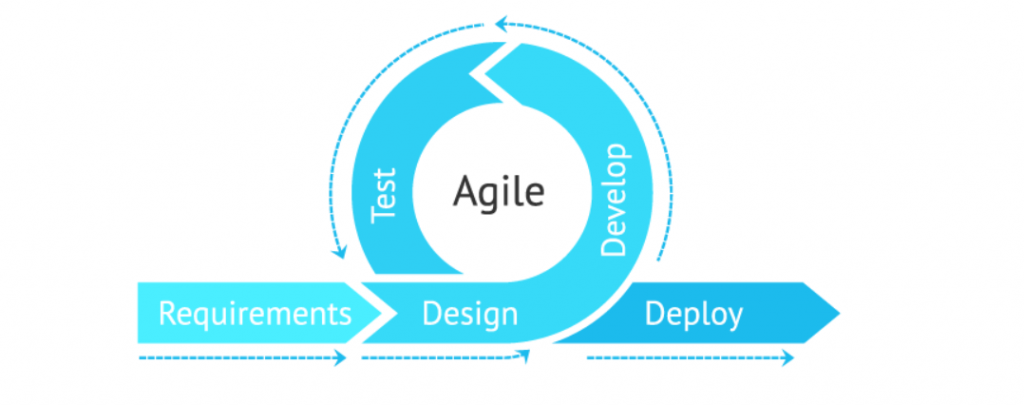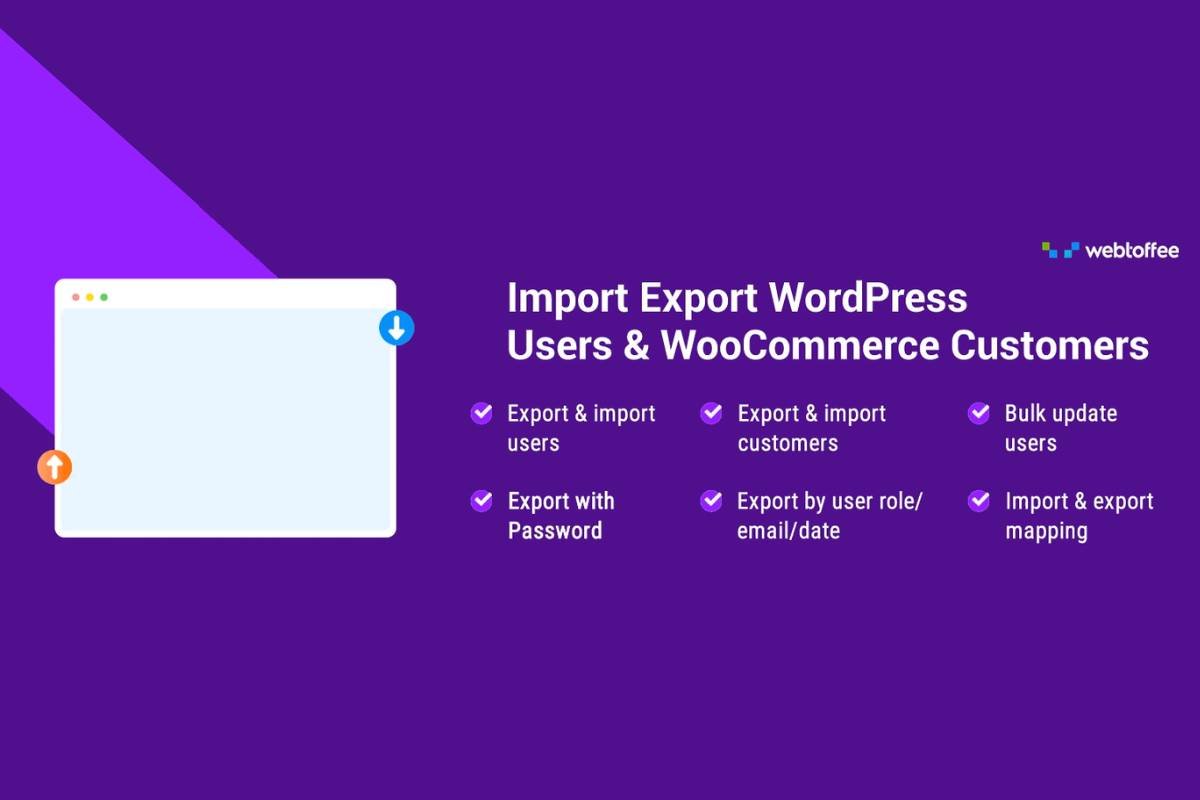Overview
Have you ever wondered why the process of agile methodology software development is the most preferred choice for businesses? Agile Methodology is a preferred choice because it is an iterative approach to develop software where a team of experienced web developers, world-class designers, and Business Analysts work collaboratively with their product owners to achieve their business goals and meet the user requirements.
When it comes to choosing reliable software for your business, a wide variety of options are available. Many business organizations prefer to buy ready-made products, but these are usually not excellent for some purposes. All these ready-made software applications are developed to petition a large customer division. This represents that it is easy to customize software applications to the real-world operations.
As we all know, custom software development is built around some specific business requirements. It consolidates recurring dependencies and methods that can complement current systems.
When you’re planning to build customized software, you have to deal with a software development company that provides you with experienced developers having knowledge about the agile methodology with industry-driven experience in various technologies. We have also taken expert insights from several agile software development companies that offer excellent development services as shown in the image:

In this article, we’re going to discuss what agile methodology actually is, along with the key components and its advantages. Before moving further, visualize the Google data and then move further:

What is Agile Methodology?
When we’re talking about project management, Agile Methodology is the first thing that strikes our minds, isn’t it? It is a widely-used approach for product development that helps you to improve continuous iteration and perform testing throughout the development process. Its main aim is to deliver the right product, customer satisfaction, and course correction as per the project requirements.

Agile methodology are approaches to manage a product by breaking it up into several aspects that are regulated with the values and principles explained in the Agile Manifesto. The adoption rate of agile methodology is increasing as it helps to enhance team performance and boost project versatility.
In short, it is a type of project management method used for software development and software testing t where solutions emerge through cross-functional teams and continuous improvement at every stage of product development. Business organizations adopting agile methodology can reply to market dynamics and fulfill their project requirements successfully.
What are the 4 main components of Agile Project Management?
A. Sprints
In the agile development process, tasks are carried out in small cycles called sprints that usually take one to three weeks to complete. In this short period, teams work on several determining tasks involved in the sprint planning meeting.
As you proceed further, make sure to repeat these sprints until your product is off-the-shelf. Once you’re done with it, review the product and see what is working, what isn’t, make some changes where required, and start creating another sprint to enhance the product and service.
B. Backlogs
Backlogs are outstanding deliverables in the agile development methodology. During the sprint planning process, backlog stories are moved into the sprint, often associated with the product backlog.
When the agile planning sessions are conducted, your development team will evaluate story points to each responsibility/task. And while the sessions are implemented, it allows sprint planning to move stories in the backlog to perform the entire iteration and complete it. Maintaining your backlog is an important part of project handlers in an Agile environment.
C. Agile Dashboard
An Agile dashboard is a visual framework that helps your team to track the development of your project, display sticky notes, and sync the tasks moving between the production steps. It is a simple Kanban board in your software that is applied as variations in most of the agile methodologies.
D. Standups Meeting
Stand-ups meetings in Agile Methodology development are also known as daily Scrum meetings. It offers a great opportunity for the development team to ensure everyone is on track and working according to the discussion made at a high level. These are short meetings that require 10-15 minutes to report each contributor since the last stand-up meeting.
A standing meeting is conducted between a team that is held on foot whose aim is to track the progress of the product, review important tasks, and how much time it will require to accomplish the task.
Top 6 benefits of using Agile Methodology
1. Focuses on users
The agile approach commonly uses user stories with business-focused approval standards to define product characteristics, each of them conveys value. Apart from this, it also allows beta test software for each Sprint, gains valuable feedback, and has the ability to make adjustments as required.
2. Focuses on Business Value
The agile development team delivers features and provides business value based on knowing the importance of the customer’s business.
3. Improves Quality
When you’re implementing an agile development approach for your project, quality is always assured and testing is done at every stage to maintain the efficiency of the product. Here more than one iteration is performed so that the team can work in every possible scenario.
Assuring the quality of the software is a part of the Scrum team. Their main aim is to focus on collaboration, high-quality performance, and testing. If sprints are implemented accurately, the productivity of team members increases gradually which leads to effective communication that enhances the app performance and quality.
By splitting the project into flexible sections, the project team can perform iteration at each stage, conduct testing reviews, fix bugs and errors quickly, and evaluate expectations at an early stage of development.
4. Customer Engagement
The fundamental principle of Agile Methodology developers is customer satisfaction. Their main priority is to satisfy the customer through continuous delivery of the product and work closely with them every day. It doesn’t matter whether your code is great or not, if the customer is not satisfied and does not serve their purpose what they demanded, the project is not considered as successful.
5. Transparency
Implementing an Agile Methodology presents an unprecedented chance for customers to be connected throughout the software project, from inception to repetition devising, deployment, and evaluating assemblies to various software builds embracing innovative characteristics and regular feedback to ensure all objectives are achieved.
All customers are modernized and updated by daily reports and mechanisms to grasp everyone on the same page and adopt the phase of the process when required. The simple workflows acknowledge a managed and observed product development life cycle for smooth project deliveries. Despite this, it also asks consumers to realize that they are observing progress in work for this added benefit of transparency.
6. Risk Management
One of the most important benefits provided by agile development is Risk management. When you’re implementing the agile approach for product development, the chances of occurring risk reduces as it identifies the errors at an initial stage and monitors all the corrections in the project. The topmost prioritized uncertainties are examined with checklists and drafted before the accomplishment.
Final Thoughts
After viewing this post, you may have observed the strength and power of the Agile Methodology approach for software development. It not only provides out-of-the-box features and functionalities for product development but also offers excellent business benefits to those who are working with them. It helps developers to overcome project challenges such as scope creep, cost, and schedule predictability.
When you’re creating agile elements again that are integrated with custom software development, Agile performs those identical objectives in a simple and business-focused way.
As we all know, the demand for agile is increasing and it is widely used across the world. Business organizations who are planning to migrate from traditional methods must examine the Agile approach after thoroughly scaling the advantages and disadvantages in the context of their unique business requirements and customer service.
We hope you find this article useful. So, if you’re planning to switch from a traditional waterfall model to an agile approach, make sure you’re hiring a reliable agile software development firm to accomplish your goals and take your business to the next level.


















